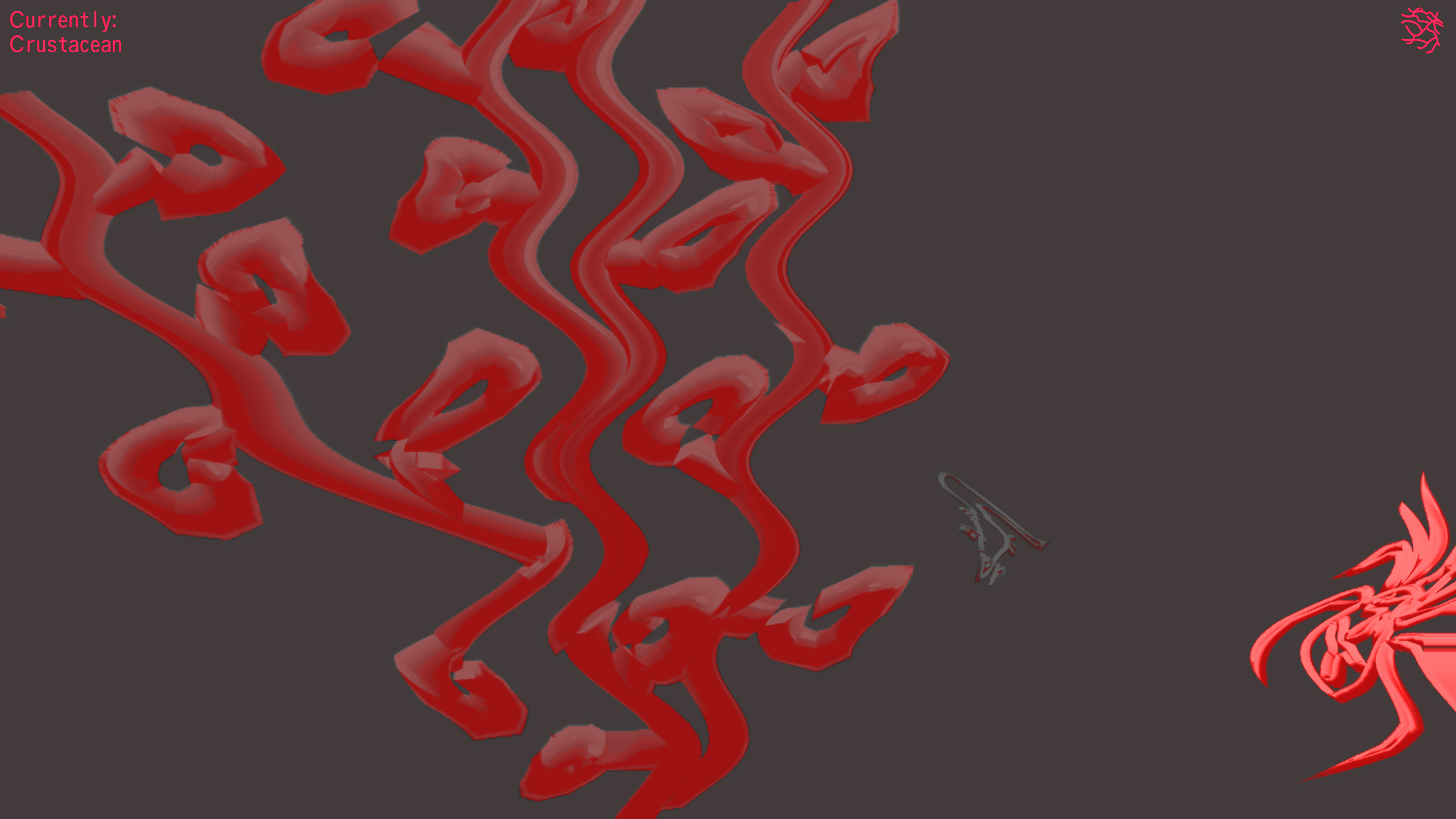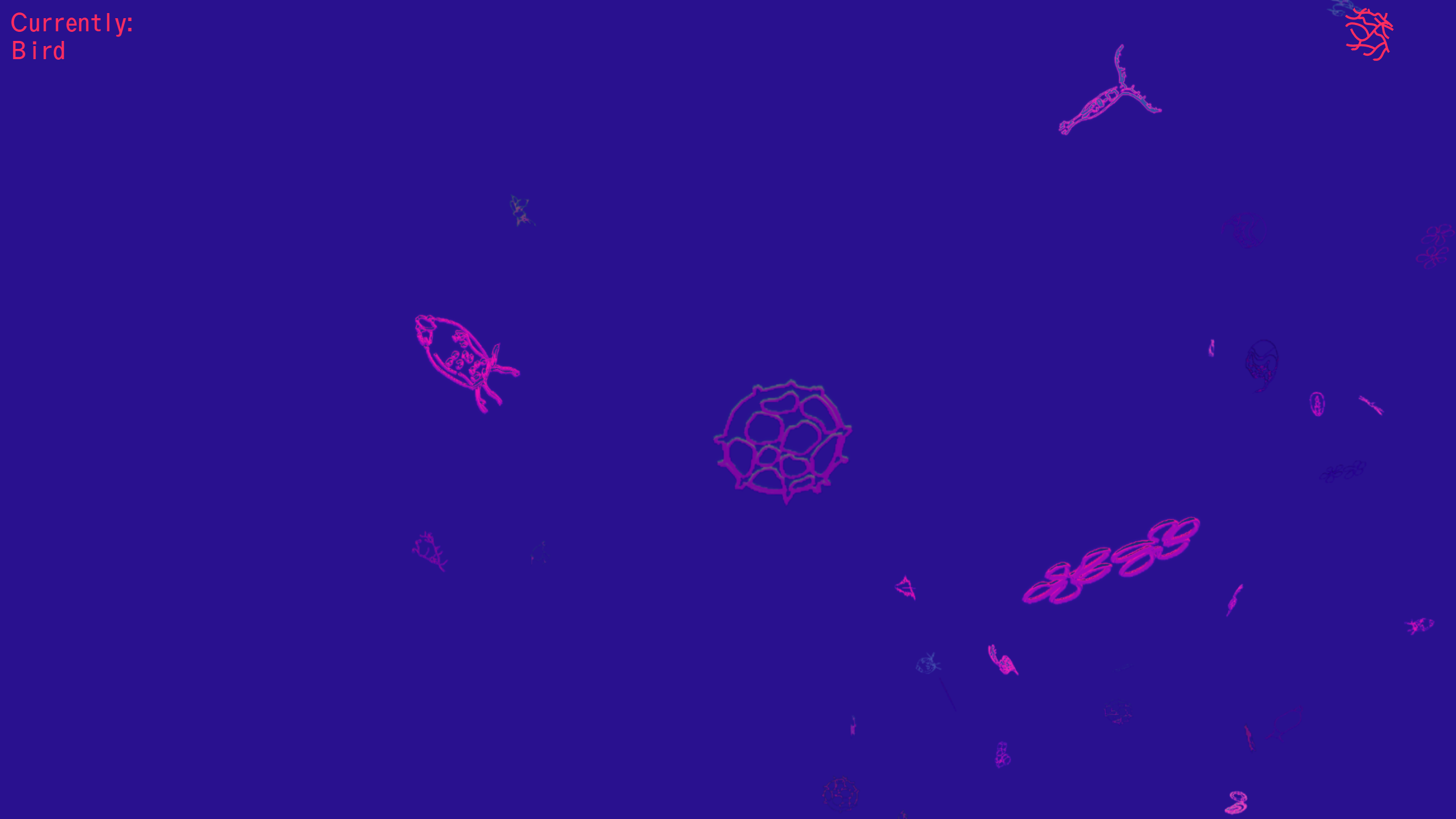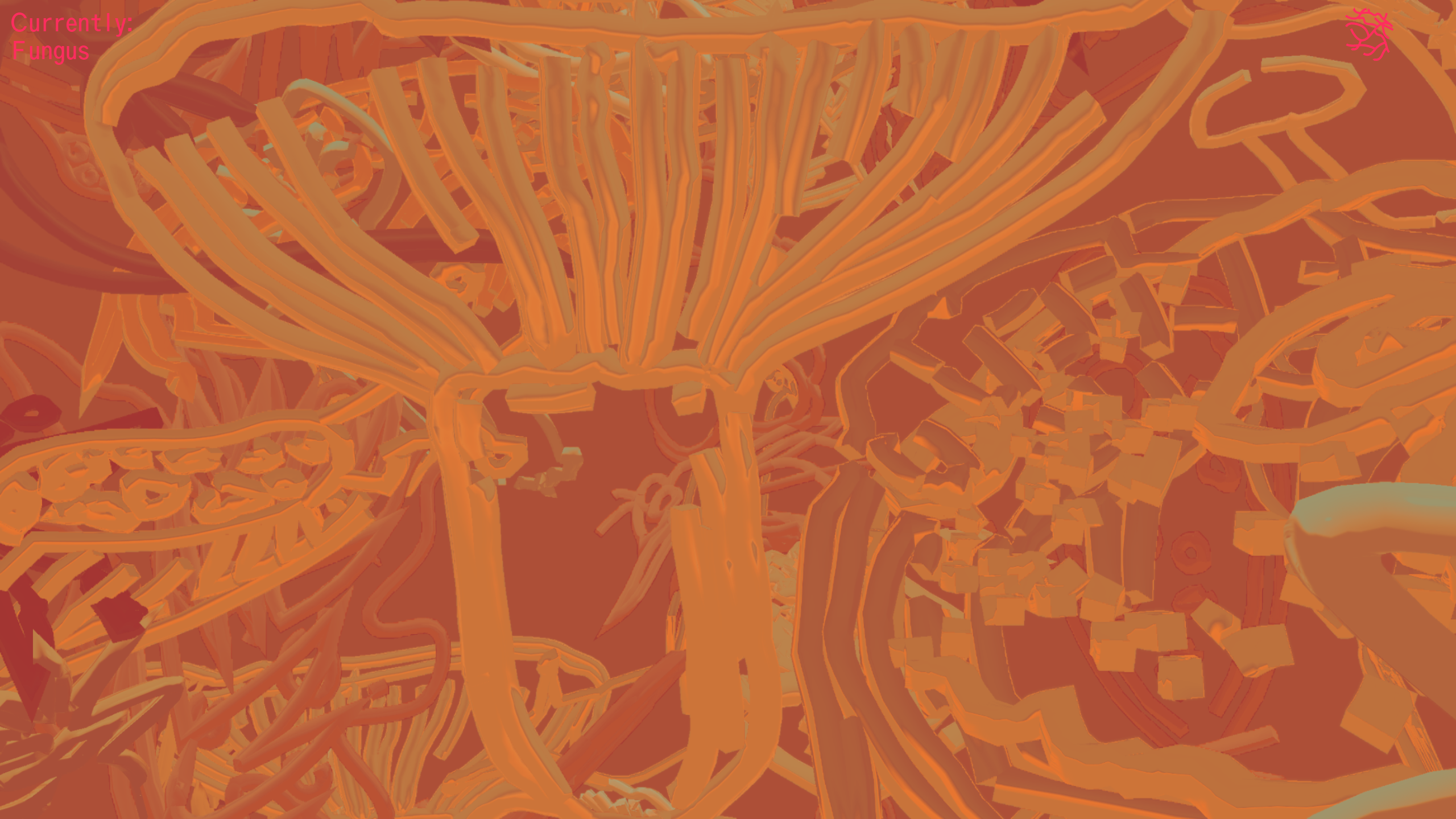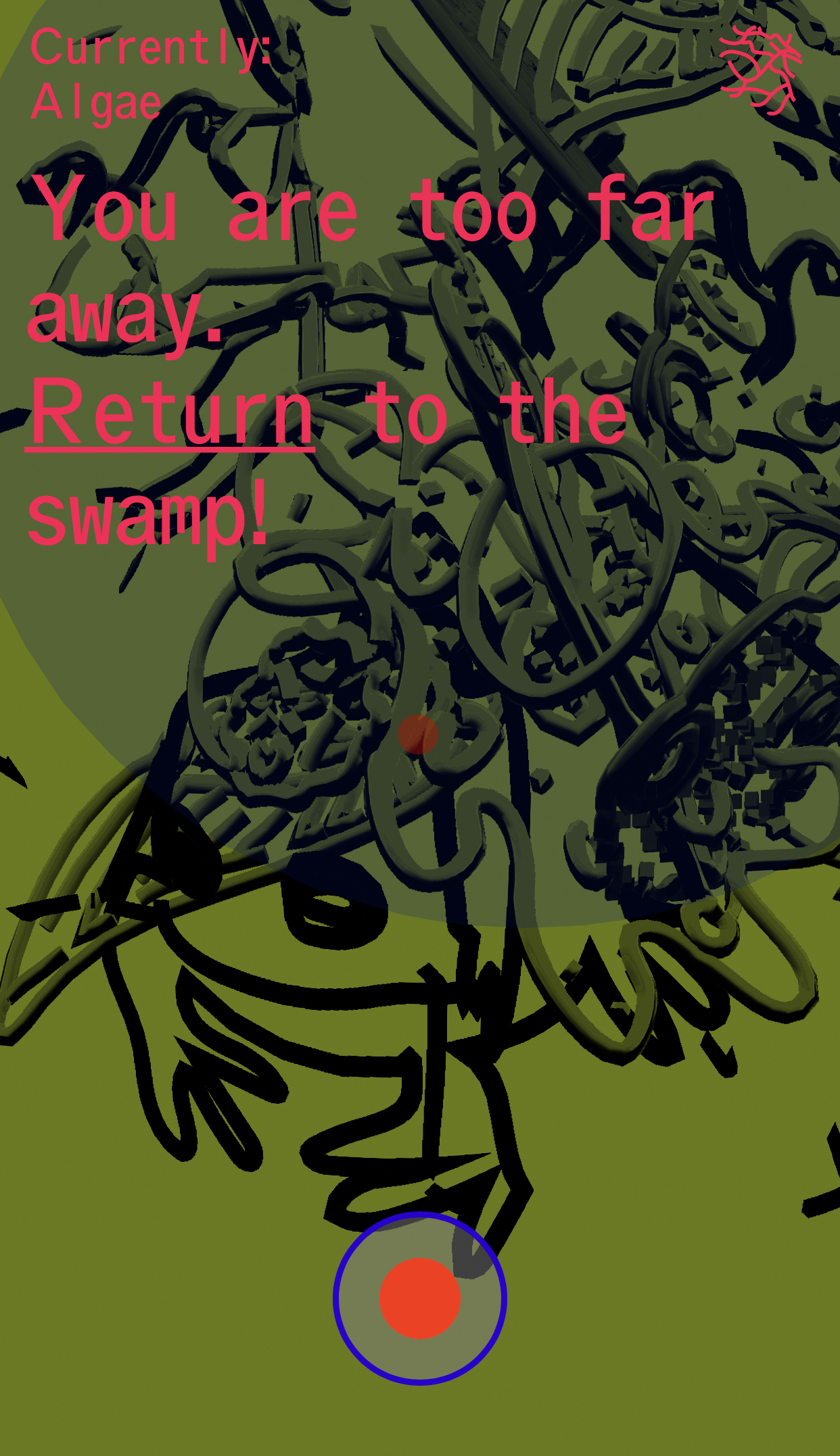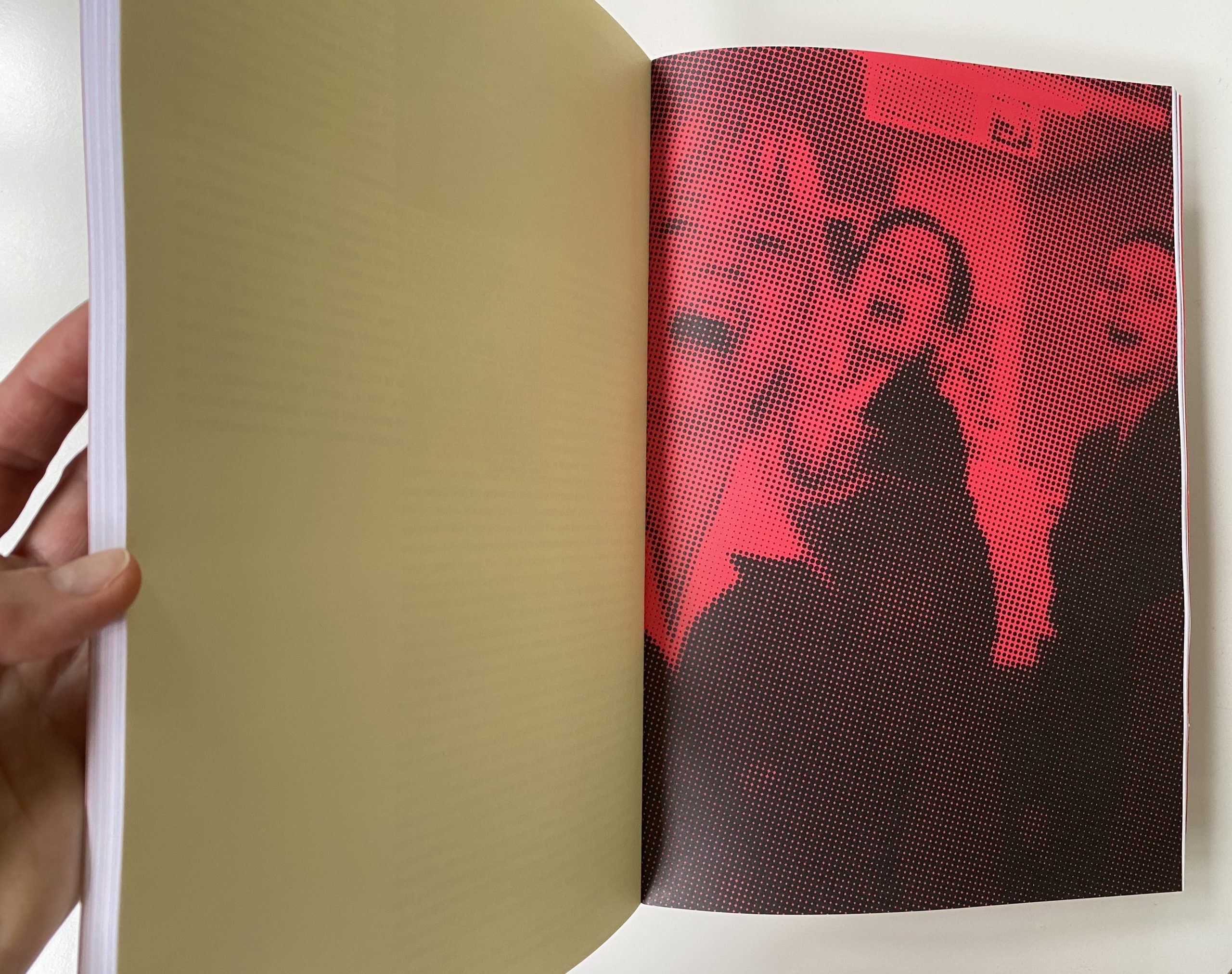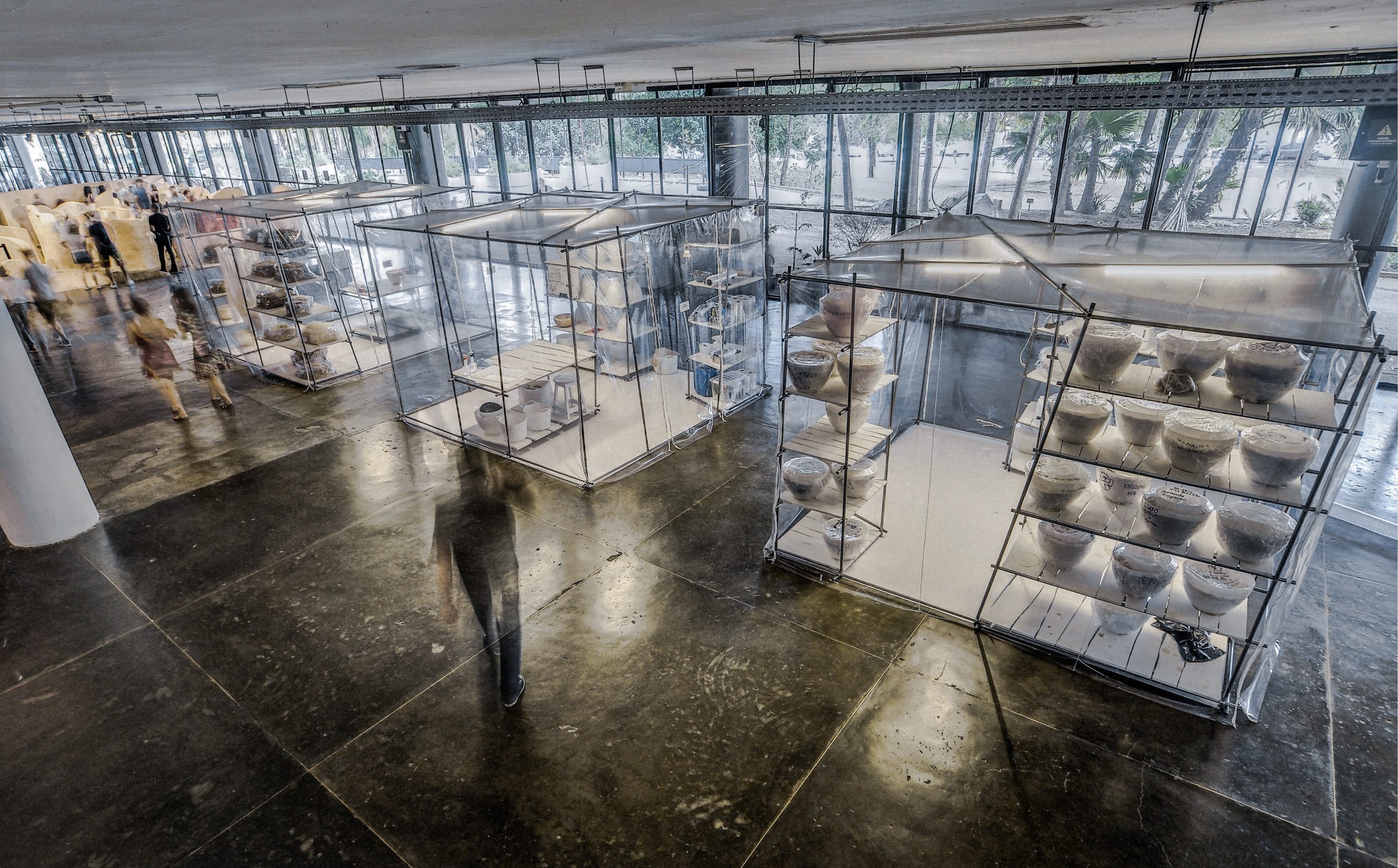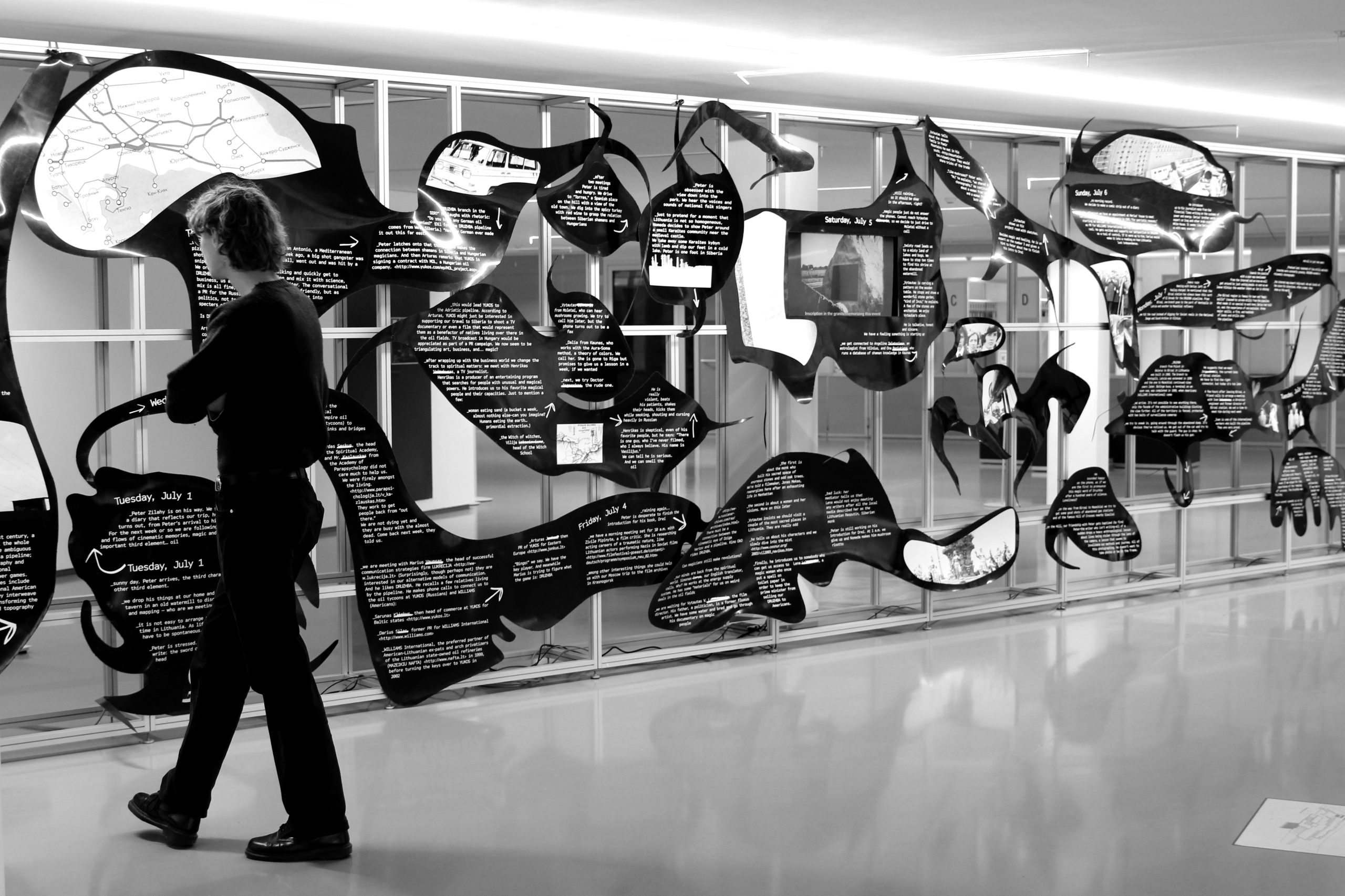This exploratory game invites us to experience the sympoietic relations unfolding in the sentient swamp. Swamp is a perfect milieu to sense fragile interdependencies between the organisms and their habitat. Here every member of the community is part of every other member’s environment, as well as necessary for the survival of the whole. The game probes the change of perspective and allows us to embody different species by floating into swampian creatures: plants, insects, birds, amphibians, fungi, bacteria or algae and discover the main rule of Cannibal Metaphysics: to become the other, you have to be eaten.
The Swam Game at Critical Zones (zkm.de)

Produced in cooperation with the ZKM | Center for Art and Media Karlsruhe and MIT Climate Visions
Concept: Nomeda & Gediminas Urbonas in collaboration with Nikola Bojić, Kristupas Sabolius, and Indrė Umbrasaitė (MIT Climate Visions)
Development & User Experience: ungroup.group and Siamend Darwesh
Web design: Serge Rompza, NODE Berlin Oslo
Sound: Jan St. Werner
Research in collaboration with scientists Vesta Aleknavičiūtė (Vytautas Magnus University, Kaunas), Jūratė Sendžikaitė (Nature Research Centre, Institute of Botany, Lithuania)
Studio assistance: Ece Yetim
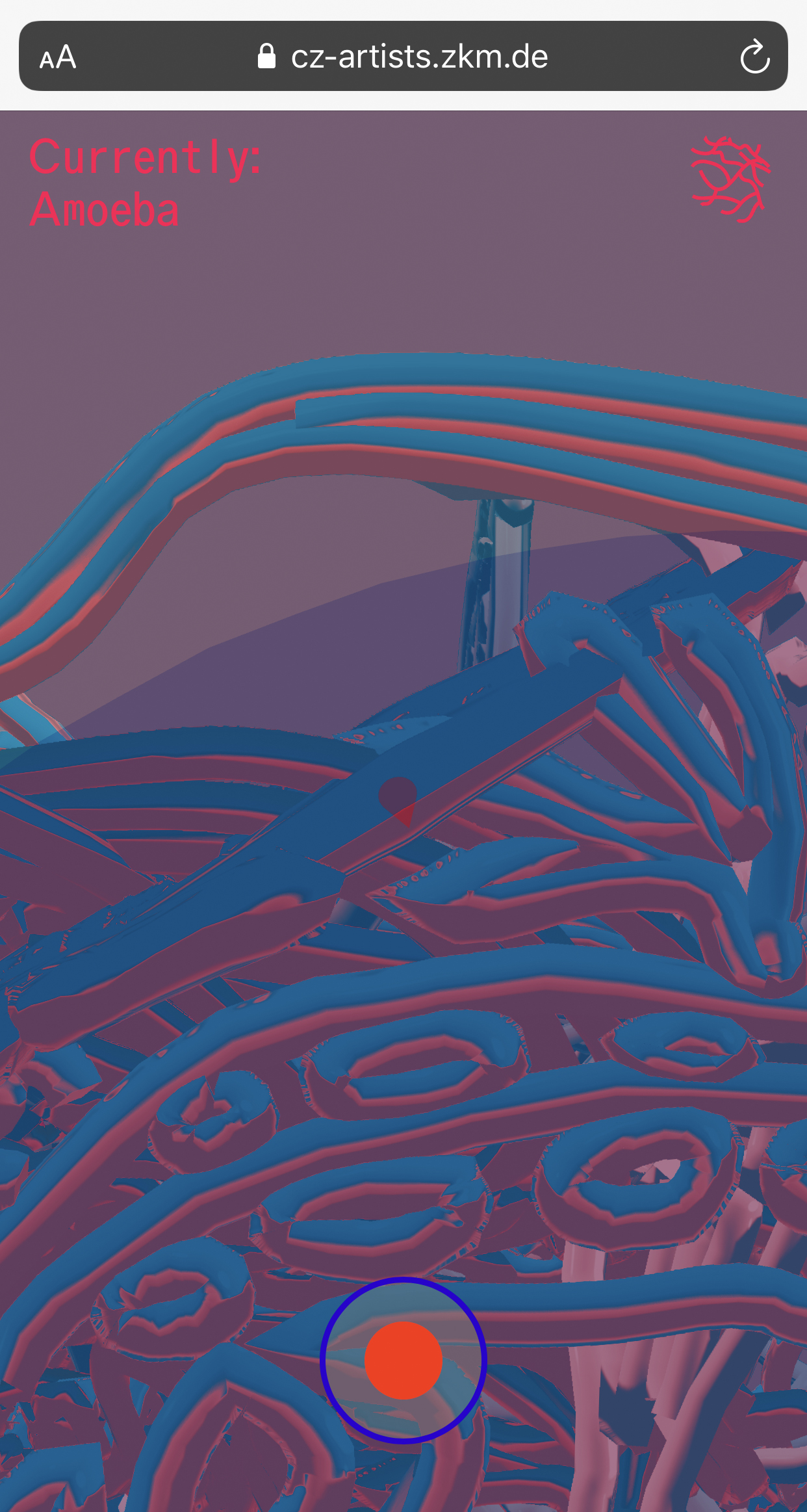
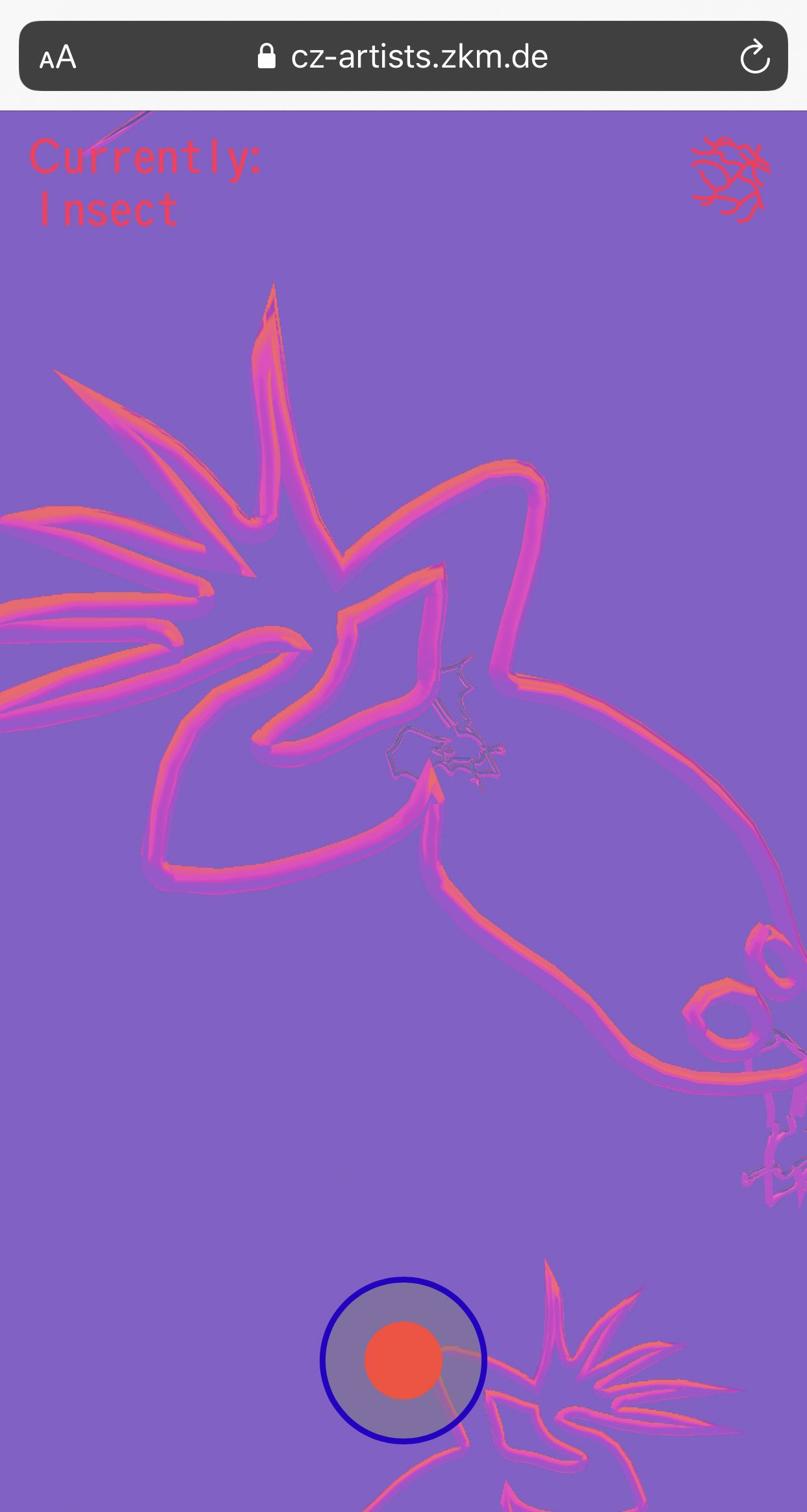
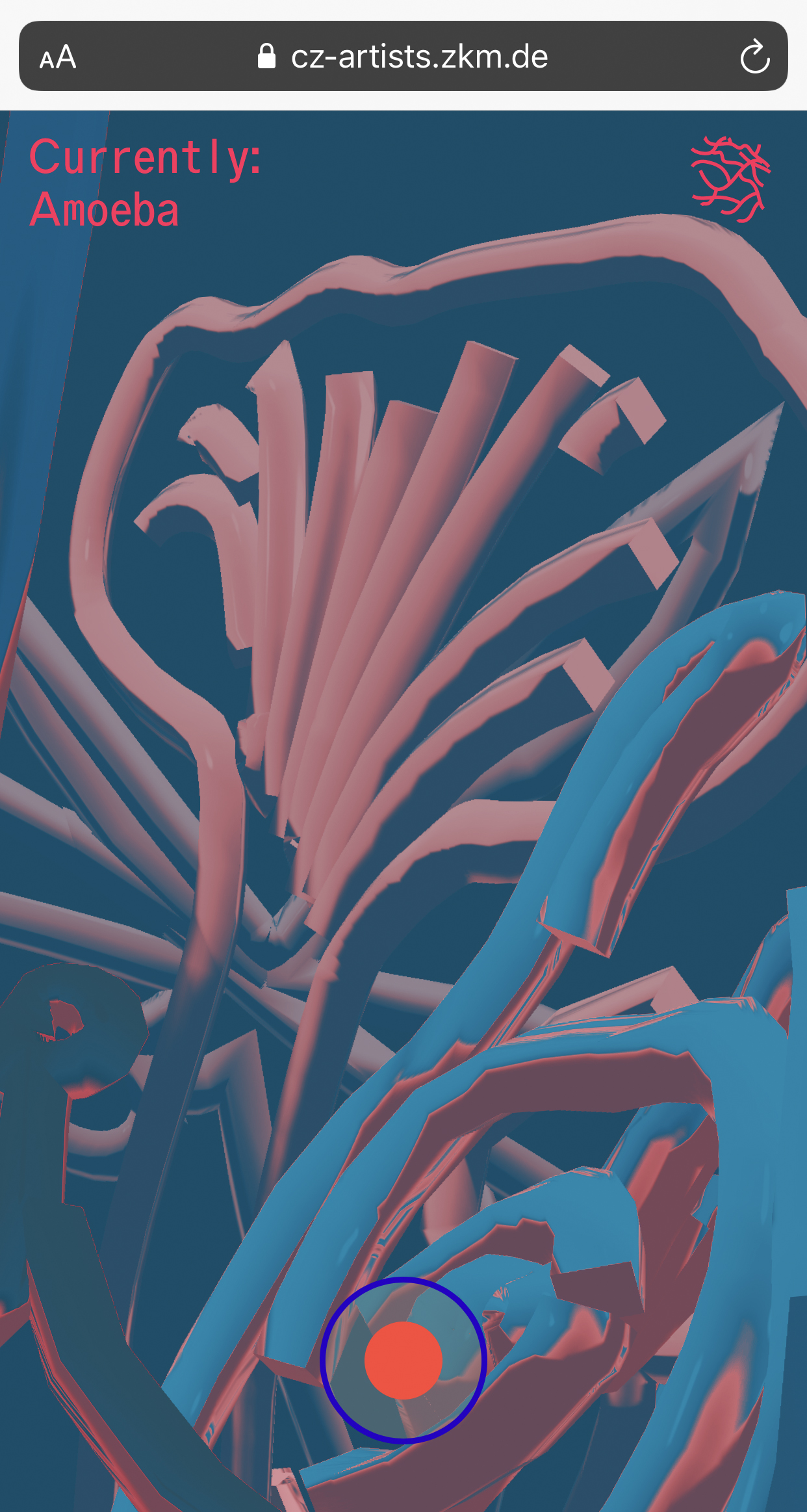
The game experiments with a biotope model of Aukštumala moor, where German botanist Carl Albert Weber conducted a world’s first scientific study on wetlands. The creatures dwelling in the game are inspired by Weber’s drawings as well as informed by the scientific data that is collected by biologists. The deep listening invoked by atmospheric sounds lures the explorer into a metamorphic world of chimeric shapes and saturated colours, where scale and pace of movement shift as the perspective changes. The swamp world is uncertain thus orientation here is by a gut feeling. One should abandon human desire for productivity and competition to allow other ways of knowing the world.
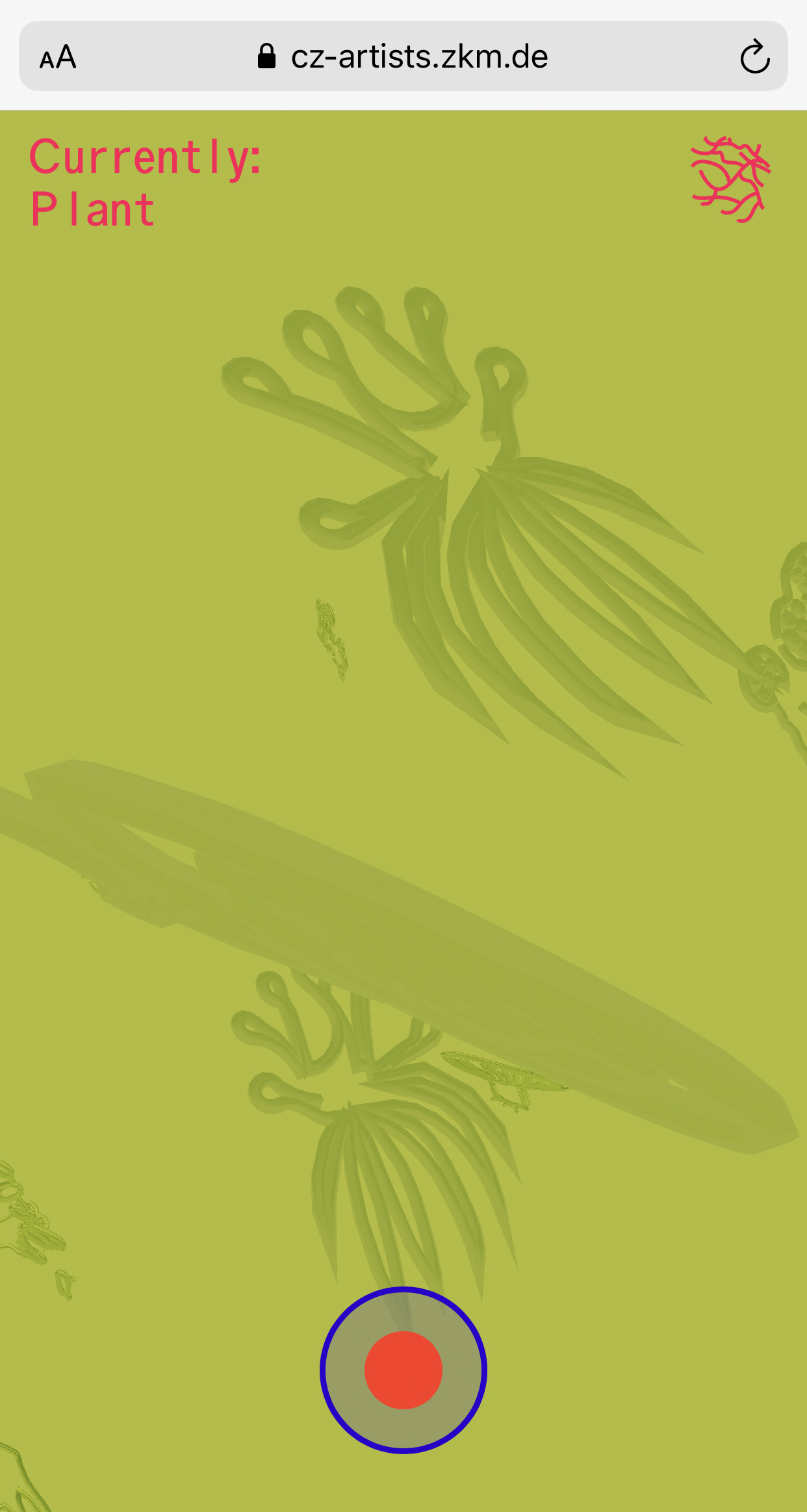


The Swamp Game is part of the larger ecosystem of the swamp research that manifests itself by several embodiments including The Swamp Observatory, an installation at the Critical Zones exhibition. Conceived as a hybrid artistic-scientific instrumentarium, The Swamp Observatory with its four swampian figures engages human sensorium into a holobiontic relationships connecting natural, cultural, material, and immaterial swampian nodes.
Along with the book Swamps and The New Imagination, the Swamp Observatory is an outgrowth of the Swamp School—a future learning environment that embraces a swamp as an evocative form of primordial technology and supports collaborative experiments in design, pedagogy, and artistic intelligence for learning and adapting to imminent unknowns.
